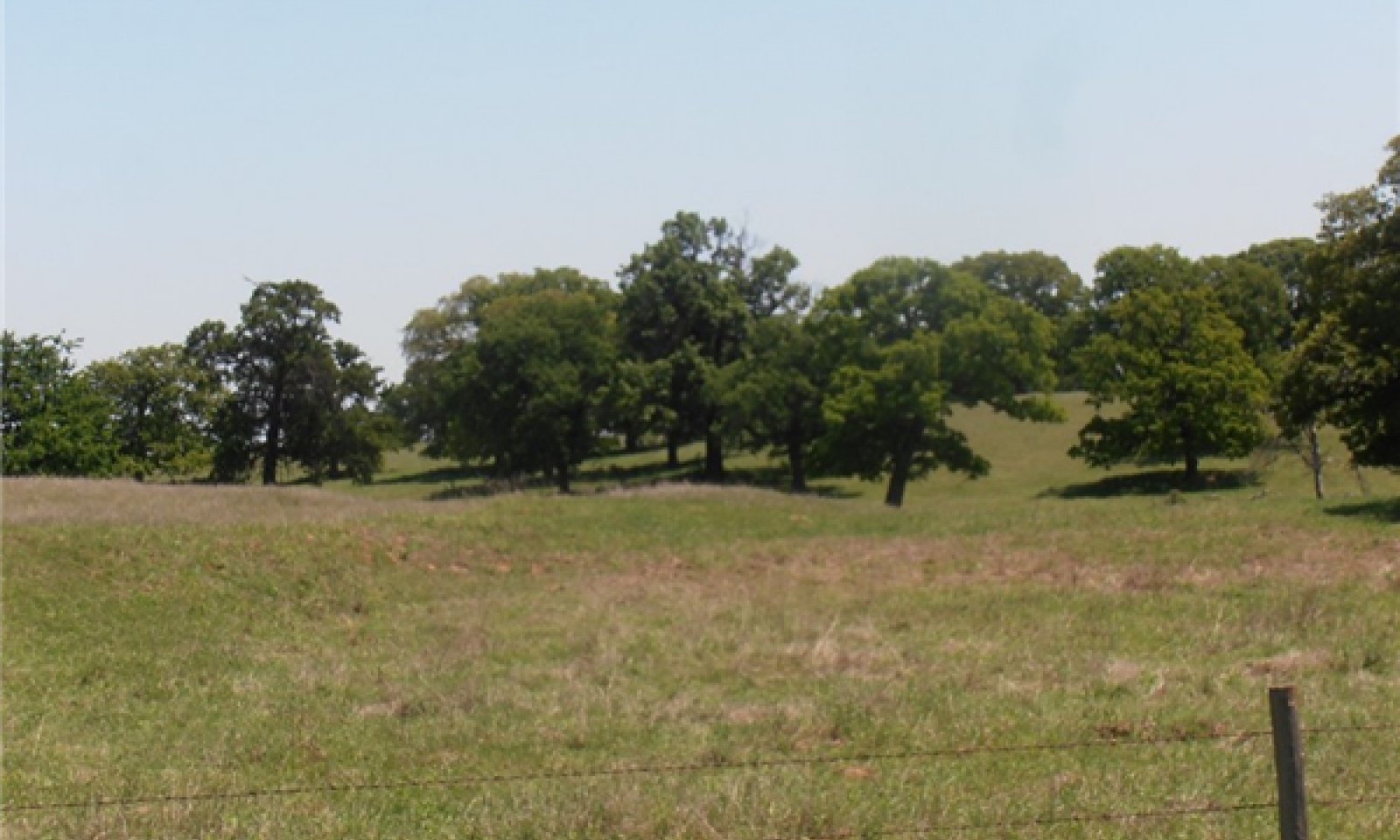
Deep Sand Savannah
Scenario model
Current ecosystem state
Select a state
Management practices/drivers
Select a transition or restoration pathway
-
Transition T1A
No fire, No brush management
More details -
Transition T1C
Cultivation, Seeding
More details -
Restoration pathway R2A
Selective Thinning, Prescribed Burning
More details -
Transition T4A
Soil Erosion
More details -
No transition or restoration pathway between the selected states has been described
Target ecosystem state
Select a state
Description
This is the reference or diagnostic community for the site. The description is based on early range site descriptions, clipping data, professional consensus of experienced range specialists, and analysis of field work.
Characteristics and indicators
This ecological state consists of native grasses and forbs with a scattered mosaic overstory of Oak trees. The total canopy coverage of tree species is typically 10-30%. Herbaceous community is dominated by sand bluestem and little bluestem.
Resilience management
This reference ecological state has evolved through periods of drought, fire, and grazing. Changes in the frequency and severity of these disturbances have altered the plant communities on many sites.
Submodel
Description
This vegetative state is composed of an overstory of trees and shrubs that will slowly eliminate most herbaceous vegetation from the plant community if left unchecked.
Characteristics and indicators
The major species are post oak and black jack oak elm and hackberry. Litter has increased due to increased leaf production and often exceeds one inch deep. Herbaceous plants are sparse and limited to shade tolerant species.
Resilience management
There is a high potential for encroachment by eastern redcedar in this ecological state if proper management is not applied. The longer the time since fire, the more mesophication occurs. This process can further hinder restoration to the reference state.
Submodel
Description
This state is the result of a change in land use. Native vegetation has been tilled and crops or introduced perennial vegetation has been planted.
Characteristics and indicators
This state is often planted to weeping lovegrass or bermudagrass.
Resilience management
Sites in this state are often maintained as open pasture through mechanical or chemical brush management. Without these measures, woody species may encroach on the site.
Submodel
Description
This state is the result of wind erosion over bare soil. These areas are often referred to as blowouts.
Characteristics and indicators
Most of the "A" horizon of the soil profile has been displaced.
Resilience management
The remaining subsoil is very low in fertility. Some native grasses and forbs will persist in this state, however, production is greatly reduced.
Mechanism
If fire is removed from the ecosystem, woody species may encroach and begin to dominate the ecological processes on the site. These processes include the water and nutrient cycling and energy flow. Once this occurs, the site has transitioned to the woodland state.
Constraints to recovery
The threshold for this transition is estimated to occur as the woody species increase beyond 40% canopy cover. Common woody invaders include Eastern Redcedar, Hackberry, and Elm. The longer the time since fire, the more mesophication occurs. This process can further hinder restoration to the reference state.
Mechanism
These sites were sometimes cleared and cultivated by homesteaders in the early 20th century. Once the site is cultivated, soil properties are altered and it transitions to the converted state. These alterations affect soil hydrology, chemistry and biota.
Constraints to recovery
Some may still be in cultivation. However, many have been replanted to bermudagrass or weeping lovegrass for pasture use. Although many communities are quite resilient to disturbance, mechanical soil disturbance greatly alters soil structure, chemistry and biology. Returning to the pre-cultivation state may not be feasible for a long period of time.
Mechanism
Implementing a brush management plan that includes mechanical thinning and the use of prescribed fire can restore the woodland state to an open canopy savannah state. This removal of woody canopy can allow for the restoration of the hydrology, energy and nutrient flow of the reference state.
Relevant conservation practices
| Practice | External resources |
|---|---|
|
Brush Management |
|
|
Prescribed Burning |
|
|
Prescribed Grazing |
Mechanism
If this ecological site is subjected to soil disturbances such as land clearing, ripping, or plowing that leave large amounts of exposed soil, the site may become very susceptible to water erosion.
Constraints to recovery
Once the "A" horizon has been displace through erosion, this site has transitioned to an Eroded Sate.
Model keys
Briefcase
Add ecological sites and Major Land Resource Areas to your briefcase by clicking on the briefcase (![]() ) icon wherever it occurs. Drag and drop items to reorder. Cookies are used to store briefcase items between browsing sessions. Because of this, the number of items that can be added to your briefcase is limited, and briefcase items added on one device and browser cannot be accessed from another device or browser. Users who do not wish to place cookies on their devices should not use the briefcase tool. Briefcase cookies serve no other purpose than described here and are deleted whenever browsing history is cleared.
) icon wherever it occurs. Drag and drop items to reorder. Cookies are used to store briefcase items between browsing sessions. Because of this, the number of items that can be added to your briefcase is limited, and briefcase items added on one device and browser cannot be accessed from another device or browser. Users who do not wish to place cookies on their devices should not use the briefcase tool. Briefcase cookies serve no other purpose than described here and are deleted whenever browsing history is cleared.
Ecological sites
Major Land Resource Areas
The Ecosystem Dynamics Interpretive Tool is an information system framework developed by the USDA-ARS Jornada Experimental Range, USDA Natural Resources Conservation Service, and New Mexico State University.


